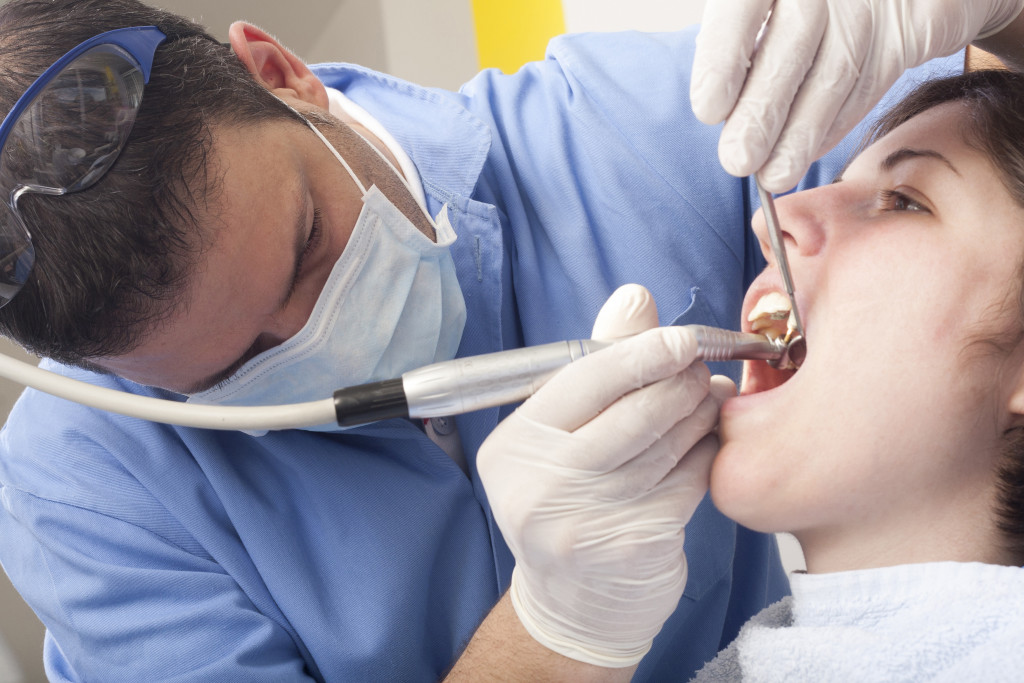The use of modern technology to enhance wellness is a relatively new concept in the medical industry. With the ever-expanding innovation in practices, treatments, and procedures, healthcare providers are looking for ways to serve people better.
Technology has always been a vital part of the medical practice, but recent advances have taken its role to a new level. In what ways does modern technology help people achieve their wellness goals?
Virtual Reality
Virtual reality (VR) is a computer-generated environment that allows people to interact with digital content in a way that feels real. This technology is often used for entertainment purposes, but it also has the potential to improve health and wellness.
Some healthcare providers use VR to help people overcome their fear of heights, needles, or other medical procedures. You can also use VR to provide exposure therapy for post-traumatic stress disorder (PTSD) people.
In addition, VR is being used to help people with chronic pain manage their symptoms. One study found that VR effectively reduced pain intensity and improved coping strategies. Especially today, as the COVID-19 pandemic continues to cause widespread stress and anxiety, VR could be a helpful tool for people looking to find ways to relax and de-stress.
Wearable Devices
Wearable devices are becoming increasingly popular as people look for tracking their fitness and activity levels. These devices, which can be worn on the wrist or elsewhere on the body, can track various health metrics, including heart rate, steps taken, and calories burned.
Some wearable devices also can provide reminders and motivation for people to stay active. For example, some devices will vibrate when the user has been inactive for too long or notify the user when they reach their daily step goal.
Wearable devices can be beneficial for people trying to lose weight or become more physically active. Plus, you can use the data collected by these devices to provide insights that help people make healthier choices.
Telehealth
Telehealth is the use of technology to provide healthcare services remotely. It allows consultations through video conferencing, phone calls, or text messaging.
Telehealth has become increasingly popular in recent years to improve access to care. It can be conducive for people who live in rural areas or have difficulty leaving their homes.
You can use telehealth for various purposes, including mental health counseling, nutrition coaching, and physical therapy. It can also be an excellent tool for monitoring vital signs and managing chronic conditions. This way, people can get the care they need without going long distances.
Body Cleaning Tools

Body cleaning is an integral part of maintaining good hygiene and preventing the spread of illness. Today, there are various body cleaning tools available that can help people keep their bodies clean.
Medical professionals are using these tools for patients who cannot clean themselves, such as those who are bedridden or have limited mobility. For instance, an ear micro-suction treatment uses a small, handheld device to remove earwax buildup. Another example is using a dermal knife to scrape dead skin cells from the skin’s surface.
You can also use body cleaning tools at home to improve hygiene. For example, You can add a bidet attachment to a toilet to help with cleansing after using the bathroom.
These devices help remove bacteria and other harmful microorganisms from the body, which can improve overall health and wellness.
At-Home Diagnostic Kits
At-home diagnostic kits are another example of how technology is being used to improve health and wellness. These kits allow people to test themselves for various conditions, such as food allergies, celiac disease, and STDs.
The kits usually come with simple instructions and can be done in the privacy of one’s own home. You can then send the tests results to a healthcare provider for further interpretation.
At-home diagnostic kits are convenient and help people get the information they need to make informed decisions about their health. They can also help people avoid unnecessary doctor or hospital trips. In doing so, they can save time and money.
Fitness Apps
There are a variety of fitness apps available that can help people get in shape and improve their health. These apps can track a person’s activity level, diet, and progress. They can also provide motivation and encouragement to keep people on track.
You can use fitness apps to set and track goals, monitor vital signs, and log workouts. You can also connect with other people who have similar fitness goals.
Fitness apps are an excellent way for people to start a healthy lifestyle. They can help people learn about nutrition and exercise, making it easier to stick to a healthy routine.
Technology has a wide range of applications in healthcare. It can improve access to care, monitor vital signs, and provide insights that help people make healthier choices. You can also use technology to make it easier for people to stay on track with their health goals. In doing so, it can help people live longer, healthier lives.





